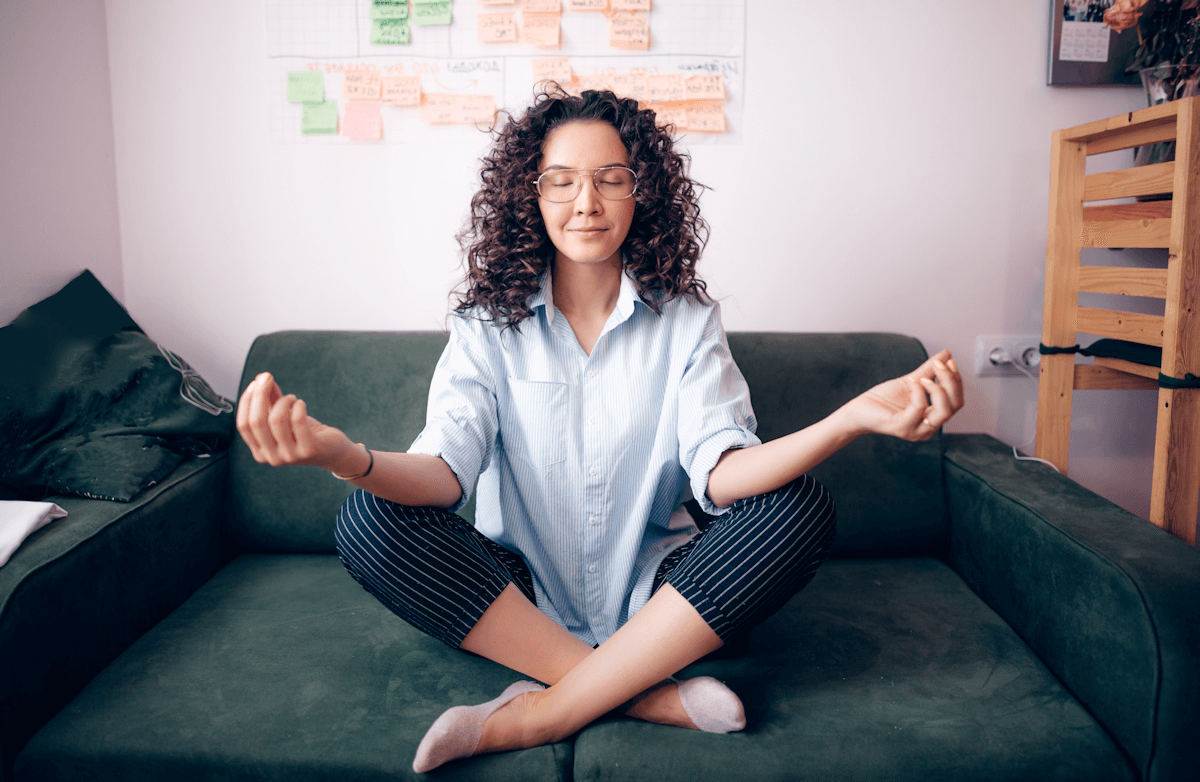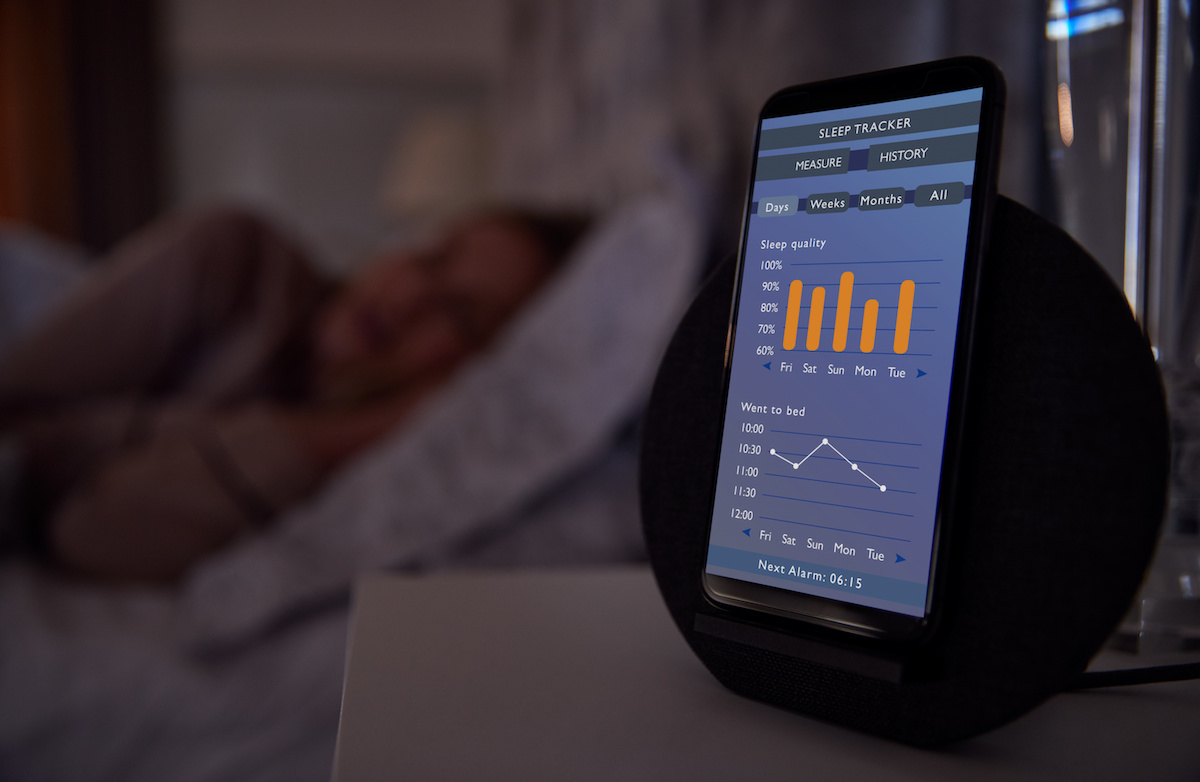A simple attitude adjustment may help you start feeling a lot more comfortable in your skin right now—and this, in turn, can make your weight loss journey a lot easier and more pleasant. Here’s what you need to know to decide if you need to adjust your exercise attitude, and if so, how to do exactly that.
Making Friends with Your Body: The Roots of High Self-Esteem
There’s no doubt that feeling comfortable in your own skin is an important part of that "feeling-good-about-yourself" goal (also known as high self-esteem) you're trying to achieve. But the more you learn about the roots of self-esteem, the clearer it becomes that what helps the most has very little to do with achieving some abstract ideal, like a certain weight or look. In fact, there are many, many cases where people work very hard on goals like this—and even achieve them—only to find that they're still unsatisfied and unhappy. What does seem to have major, positive effects on self-esteem is the process of moving yourself—the right way—from where you are towards where you would like to be.
The journey is more important than the destination.
To be a little more precise, the best way to increase your self-esteem is to actively and effectively engage in something that is both good for you and consistent with your expressed goals. Both of these are key elements. If your goal isn't good for you, because it's unrealistic or strongly based on what you think other people want or expect from you (like trying to look like a model when your body can’t naturally achieve or maintain that), then you are going to face problems feeling good about yourself. Nothing you do will ever be good enough.
You’ll have the same problem if your actions aren’t consistent with your goals, like going on an unhealthy crash diet to achieve a healthy weight. To feel good about yourself, you have to treat yourself as if you are already someone worthy of respect and good treatment. If that means "faking it until you make it," then that is where you need to start.
Exercising the "Right" Way, for the "Right" Reasons
If you are carrying a lot of unhelpful baggage in the form of poor body acceptance, negative body image, or even body-rejection due to excess weight, then exercising the right way and for the right reasons may well be your shortest, fastest, and easiest path away from these problems.
But you’ll need a particular kind of attitude and approach, one that will help you begin appreciating your body for what it can do right now, and allowing it to be your guide and teacher on your journey towards change—not an object of your contempt and ridicule. Here are the basic elements of such an attitude:
- Exercise for the "right" reasons. There aren’t many bad reasons to exercise of course, so in a pinch you should take advantage of whatever gets you going. But certain attitudes and approaches will help you get a better self-esteem boost. It helps a lot, for example, to tell yourself that you are working out because it is good for your body and you want to take good care of your body. When you do that, you affirm that you and your body are friends—not enemies—and you open yourself up for healthy communication with your body, allowing it to tell you what you need. This will work much better than setting out to burn calories so you can get rid of all that ugly fat you can’t stand.
- Don’t just mark time. Make exercise a challenge and notice how you respond. The simple act of setting personal performance goals and watching yourself achieve them can work wonders. Keep a journal where you record what you do during your exercise sessions, noting the improvements in your capacities over time. Hold little competitions against yourself, trying to improve on your personal bests (not world records) a few times a month, and reward yourself when you succeed. Pay special attention to how exercise affects your mood, and let your body teach you how to use the type and intensity of the exercise you do to influence your state of mind.
- Turn some exercise time into playtime. You are, among other things, an animal with a body that needs to play. Notice how happy and excited your dog or child is when he gets to go out and play—especially when you physically play together. There is a part of you that still feels the same way. This need doesn’t go away just because you get older, become more serious, or are a little out of shape. The more exercise you can do in the form of sports, games, and other activities that are fun and rewarding themselves, the better. So be creative—turn some of those daily walks into roller skating, ice skating, golfing or Frisbee, racing with your dog, or even belly dancing!













